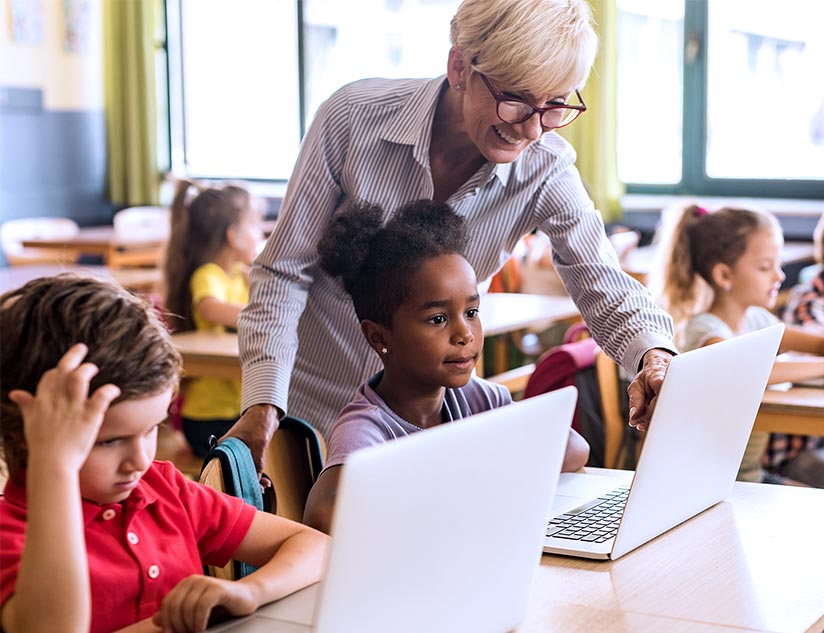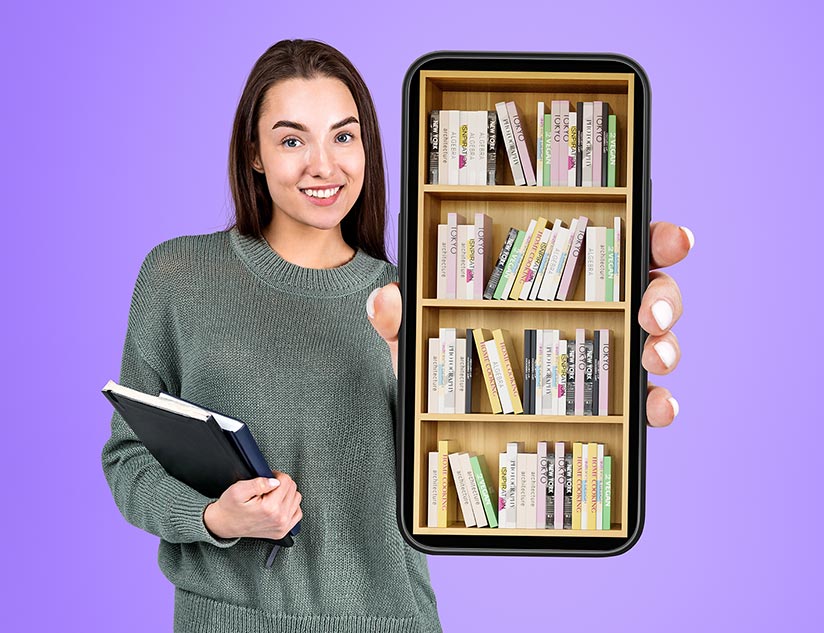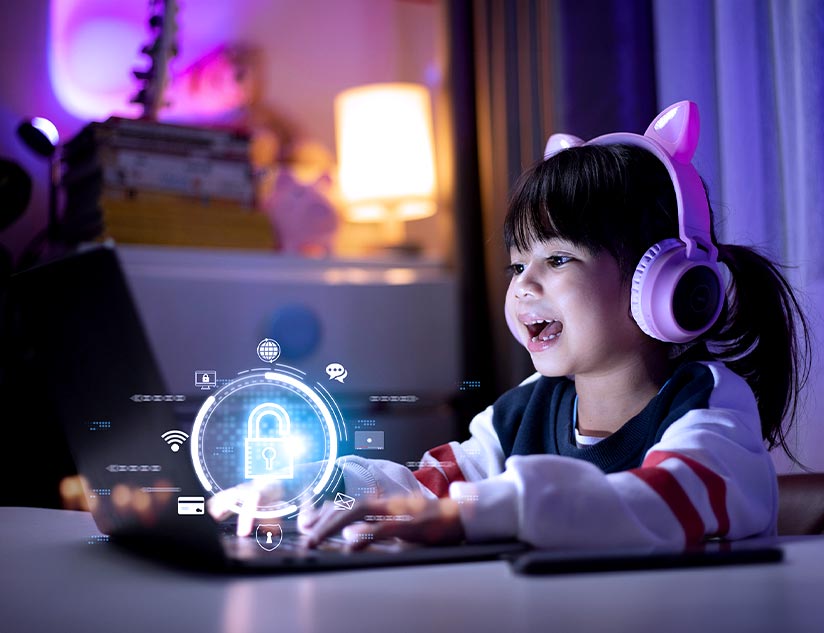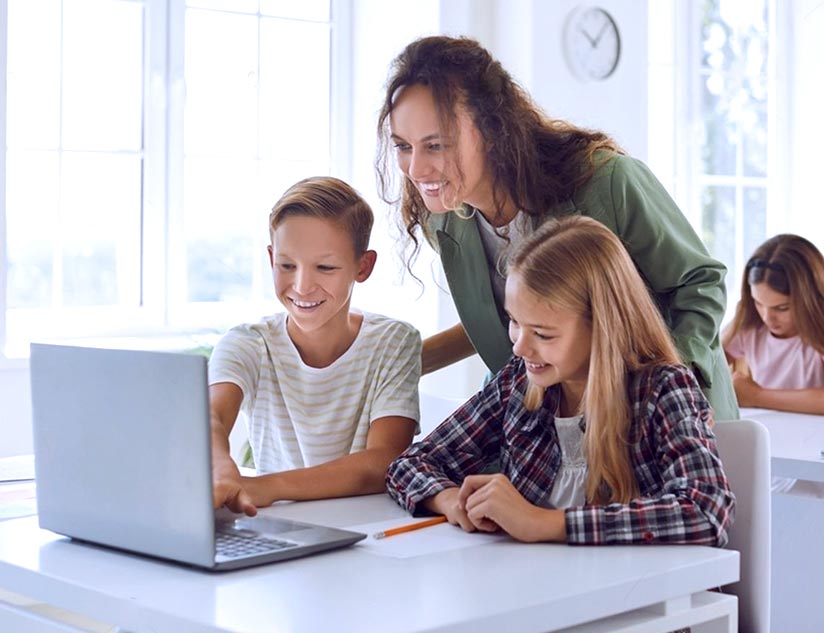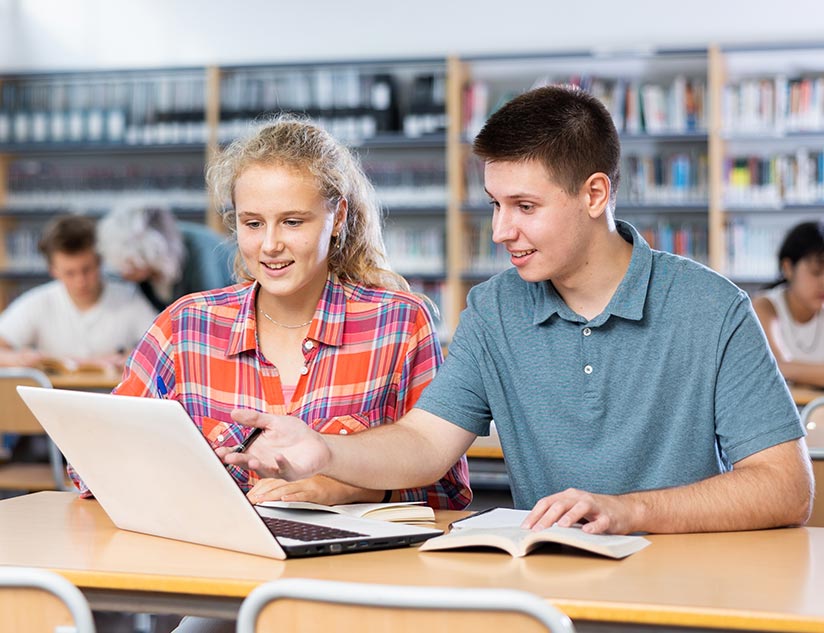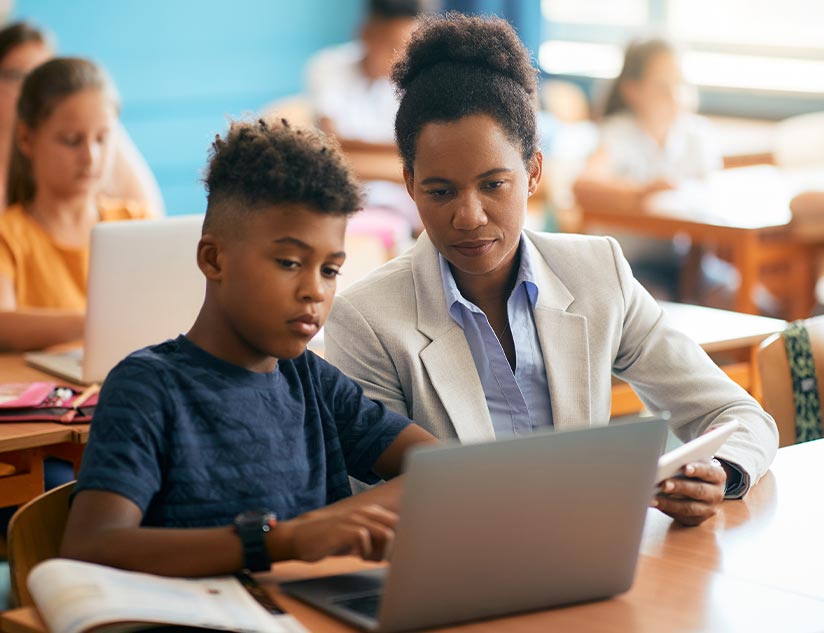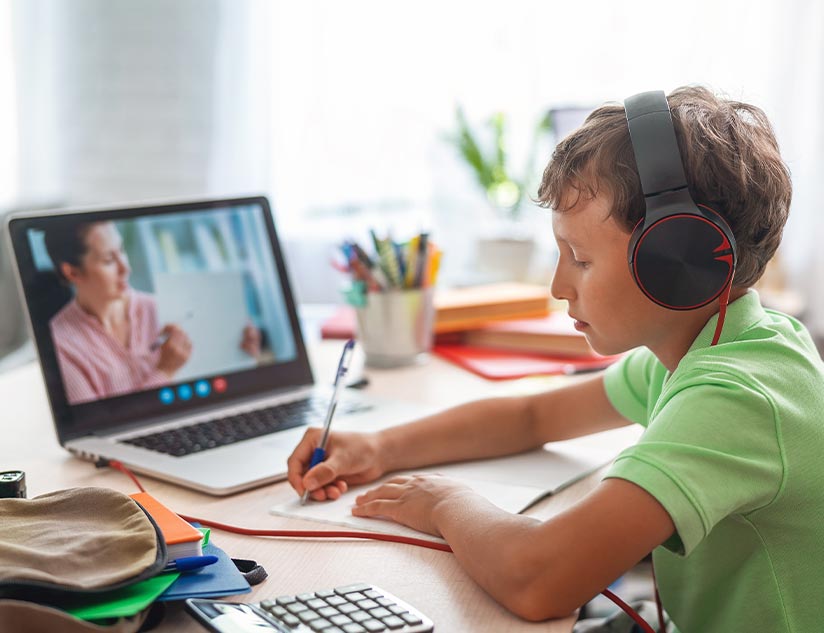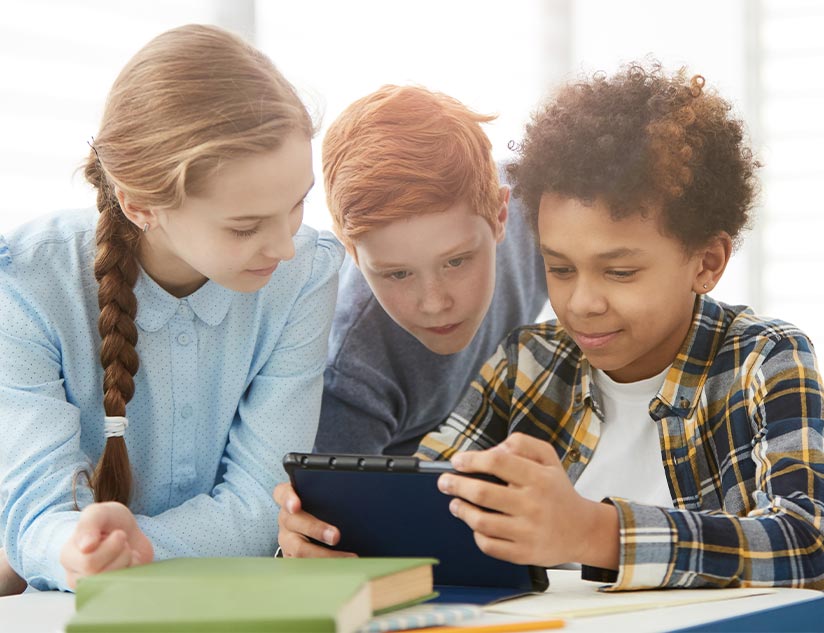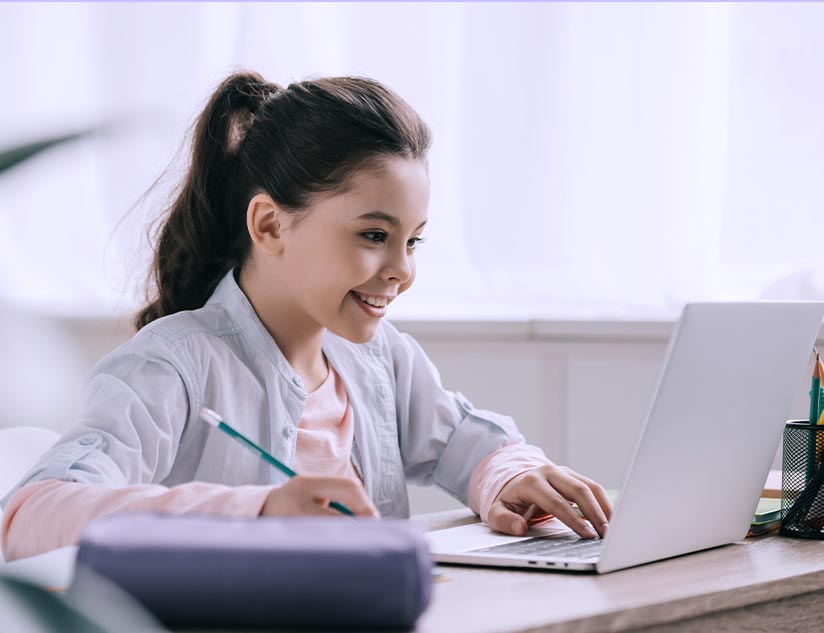Is Blended Learning the Future of K-12 Education?
April 5th, 2024
Blended education seamlessly integrates traditional classroom teaching practices with digital learning tools. The hybrid mechanism makes learning more engaging and contextual while facilitating higher academic achievement. For instance, while classrooms offer instructor-led, face-to-face learning, online materials enable self-paced learning. With these driving factors, the blended education market is forecast to expand at a CAGR of 10.50% between 2023 and 2032. Blended Learning for K-12 is particularly promising, as it caters to the specific needs and developmental stages of students in primary and secondary education, fostering a dynamic and effective learning environment.
Advantages of Blended Learning for K–12
Blended teaching and learning offer significant benefits for enhancing achievement levels and learning outcomes.
Personalized Learning
Instructional content, delivered through digital modes, is equipped with assistive and adaptive technologies to support students in learning in their preferred formats. Moreover, fast learners can access additional resources to gain a deeper understanding or practice beyond the traditional curriculum to enhance their knowledge and skills. On the other hand, slow learners can revisit the module multiple times and use supplementary readings to grasp the concept better.
Flexibility for Students
The blended teaching and learning approach accounts for all types of learners, be it night owls or those with the tiniest attention span. Learning management systems are always available online, while video lectures, online interactive modules, micro-learning modules, and eBooks allow students to learn at their own pace. Online learning materials facilitate anytime, anywhere education. A variety of tools of different styles, such as gamification, quizzes, and audio-visual aids, bolster student engagement and make learning an enjoyable experience. Additionally, device-agnostic learning solutions automatically adjust K12 content for better learning experiences on mobile devices, laptops, and desktops, ensuring convenience for learners.
Enhanced Teacher-Student Interactions
Blended learning approaches foster better collaboration among learners, as well as with educators. Digital modes, such as emails, discussion boards, chat rooms, and collaboration forums, can be accessed at any time. Educators, peers, and learners from outside the classroom can exchange knowledge seamlessly. Additionally, classroom formats help retain the human touch in education. The limited time in traditional settings can be optimally utilized to resolve difficulties students might be facing. Video conferencing and threaded real-time discussions also serve as a digital mechanism for human interaction.
Proven Impact of Blended Learning Solutions on K-12 Education
A meta-analysis of the effects of blended learning, based on studies across the UK, US, Germany, and many more countries, found that blended learning positively impacts learning performance. It bolsters critical thinking, knowledge delivery, and disposition improvement among students as an effect of education. In fact, it has a significantly higher impact than e-learning.
Extensive research across learner levels, such as K-12, higher education, and corporate training, has also highlighted the benefits of blended learning. The study found that a mix of digital and classroom learning fosters higher engagement and dynamism in the learning process. It encourages active and conscious learner participation by providing the flexibility to interact with course materials at their preferred time, and at their own pace. Additionally, through immediate feedback on digital formats and personalized learning opportunities, hybrid education instills a sense of ownership and facilitates the development of self-directed learning skills.
Challenges of Blended Learning
The two primary challenges are identifying the most suitable blended eLearning solutions with adequate digital tools and making educators more comfortable adapting to the use of technology in a new form of education delivery.
Undoubtedly, teachers must adjust their teaching methodologies to offer better learning experiences to remote as well as in-person students to optimally utilize blended classrooms. Digital publishing platforms for K–12 education enable curriculum designers to offer resource formats suitable for diverse types of learners.
Some educators raised concerns about being unable to retain students’ attention. Advanced digital learning platforms that allow publishing and distribution of K-12 materials in multiple modes can empower educators to tailor learning to students’ preferences, bolstering motivation and engagement.
Implementing Blended Learning
The key to successfully implementing blended learning is using the right technology. It requires designing educational experiences with relatable and enriching classroom activities while facilitating individualized instruction. The digital and face-to-face learning flow and resources must be integrated to meet common learning goals. Lessons and activities should be connected and relatable to allow learners to continue with self-learning, as per the blended learning model.
Digital learning and content distribution platforms should also have intuitive interfaces that meet the diverse needs of learners across K-12 levels. These may include multiple content formats, diverse assessment types, and discussion forums. Additionally, comprehensive tracking abilities can offer teachers the necessary insight into refining their teaching process and better balancing digital and in-person activities.
The World Bank recommends that educational institutions align 6 key components to leverage the benefits of blended learning – shared vision, digital resources, teacher training, learning design, student support, monitoring, and evaluation. MagicBox is a highly customizable, scalable, and flexible digital learning platform for content distribution across learner levels. Speak to the experts to learn how the all-in-one solution measures up to the World Bank’s advice.



